What Separates Good Car Restorations from Great Ones
Have you ever thought about why some restored cars are real masterpieces or the other ones are just ok? In the world of vintage car restoration, the difference between a good job and truly exceptional work often comes down to more than just money (well, the financial gap can be substantial too).
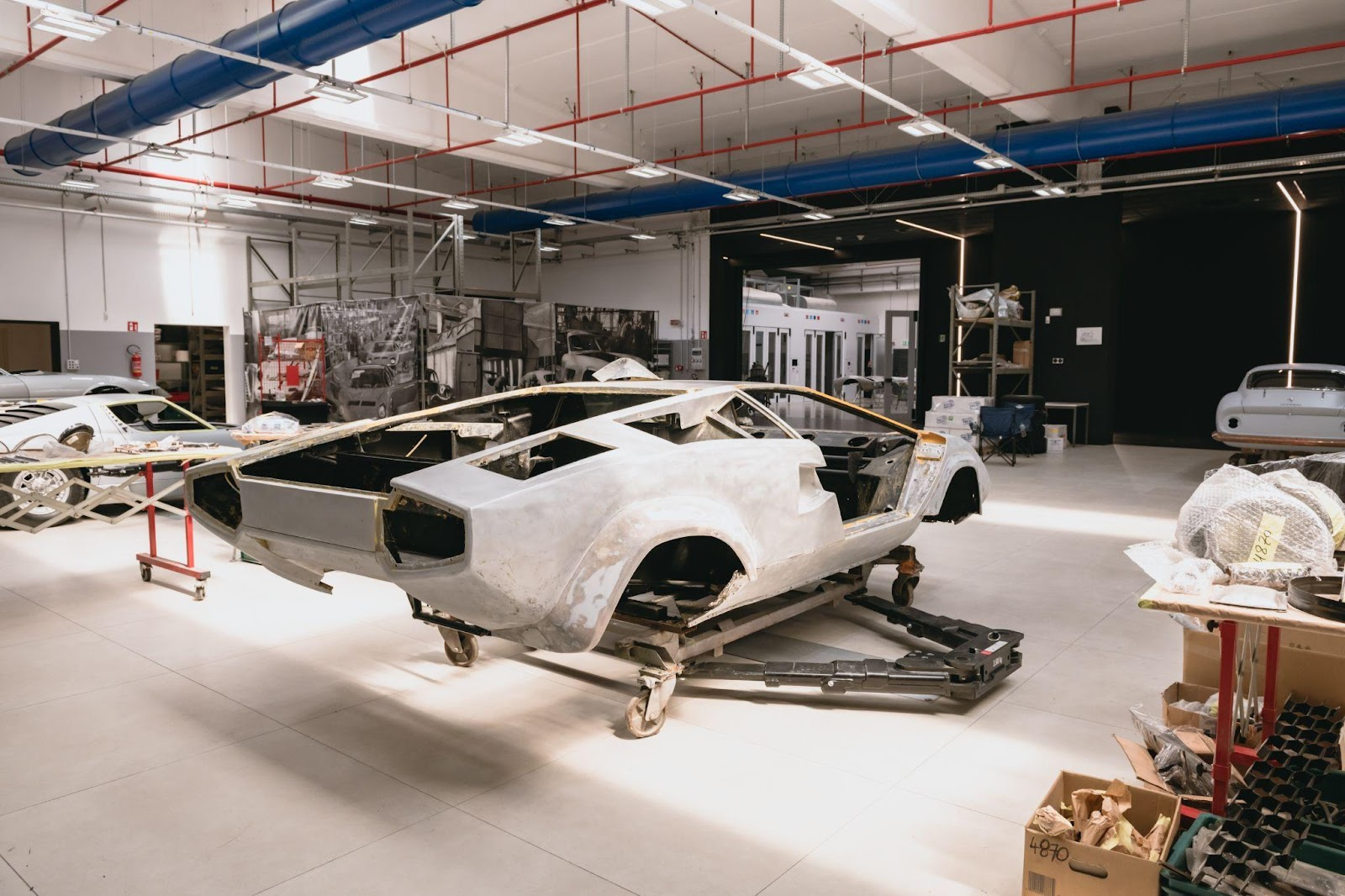
At Curated, we've observed that while a decent restoration might cost $50,000, transforming that same vehicle into a show-stopping masterpiece can easily require over $150,000. But what exactly accounts for this dramatic difference in investment, and more importantly, how can collectors identify superior craftsmanship at first glance?
Let us spill the beans here: the difference between good and great is embedded in every decision made throughout the process, from the first bolt removed to the final documentation filed. Understanding these distinctions enables car collectors to make sound decisions that honor both their vehicles' heritage and their own investment objectives. At Curated, we've witnessed firsthand how these critical decisions can make or break a restoration project. The key to restoring or conserving a vehicle is to respect its history and ensure that all work is performed to the highest standards and authenticity principles.
It’s All About The Details
"Tolerances and the parts used," explains our team when asked about spotting the difference between restoration tiers. "Are there any gaps on the panels, how straight is the body work, how are the seams in the interior? Did they use genuine parts with all the original manufacturing marks?"
This seemingly simple assessment reveals the fundamental philosophy that separates exceptional restorations from adequate ones. A superior restoration is about achieving manufacturing-level precision while preserving the vehicle's authentic character.
Let’s get back to the examples from our team. Panel gaps, for instance, serve as perhaps the most immediate indicator of craftsmanship quality. On a factory-fresh vehicle, these gaps are uniform and precise, typically measuring within fractions of a millimeter. A high-end restoration will replicate this exactness, requiring extensive bodywork, careful alignment, and often multiple adjustments. During our years of restoration work, we've learned that achieving these tolerances often requires rebuilding components multiple times. And yes, this is what separates our work from shops focused on quick turnarounds.
The straightness of bodywork presents another major differentiator. Premium restorations could possibly involve meticulous metal fabrication, often needing to hand-form replacement panels or carefully massage existing metal back to original specifications. Budget restorations simply cannot accommodate this level of work, which requires both time and expertise.
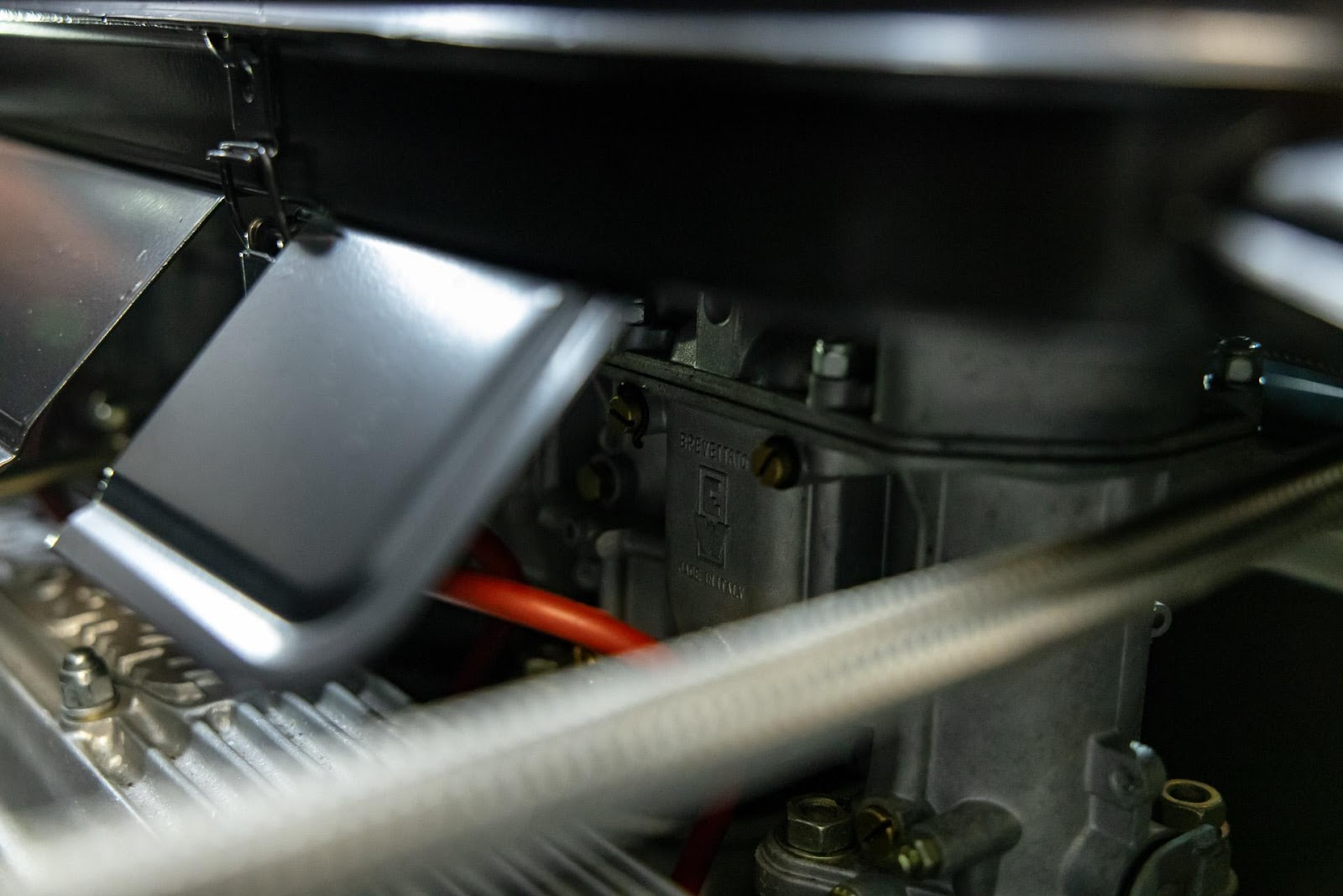
Genuine Parts
The choice between genuine, reproduction, or aftermarket components may have the most significant impact on restoration quality. As our team at Curated emphasizes, "There are always two variables when working on vintage cars: parts and skilled labor. When you use genuine, factory-original parts, you take the uncertainty out of the equation. These components were designed specifically for your car and will keep it running exactly as it should."
This philosophy extends far beyond mechanical components. Genuine parts carry original manufacturing marks, proper finishes, and authentic materials that reproduction pieces often fail to replicate accurately. These details matter immensely to passionate collectors and judges at concours events.
The challenge usually lies in sourcing these authentic components, which is where Curated's extensive network becomes invaluable. Genuine parts for vintage cars are increasingly rare and expensive, often requiring months or years to locate. Our team maintains relationships with suppliers, parts cars, and specialists worldwide who can authenticate and provide correct components. This network, built over years of restoration experience, allows us to source components that budget operations simply cannot access.
Here is an example from our past restorations. We worked on a 1967 Ferrari 275 GTB/4. Rather than accepting reproduction carburetors that would have saved the client $15,000, we needed eight months locating and rebuilding the original Weber 40DCN units. When the judges saw this car displayed at a car show, they praised it for its genuine fuel delivery system. This example perfectly illustrates how beneficial it was that the client spent this additional money, solidifying the benefit of investing in the authentic component over cost-saving alternatives.
Documentation
Superior restorations are built upon meticulous documentation from day one. "Build documentation during the restoration process, take photos, make lists of parts" our team members insist time and again. "We actively seek original manufacturer specifications and historical documentation too. These materials guide our restoration work but also help authenticate factory-installed options and configurations."
There are a couple of reasons for that. First, detailed documentation serves multiple critical functions that many shops overlook in their rush to completion. Historical photographs and factory documentation can reveal subtle details about finishes, hardware, and assembly methods that might otherwise be overlooked or incorrectly interpreted.
Second, the documentation - old and new - creates an invaluable record for future owners, something we've seen significantly impact resale values for vintage cars. A well-documented restoration includes photographs of every stage of disassembly and rebuilding, detailed parts lists with sources and authenticity verification, and records of any modifications or updates made during the process.
Understanding these nuances, we photograph components before, during, and after restoration, maintain detailed logs of work performed, and preserve original parts even when they're replaced.
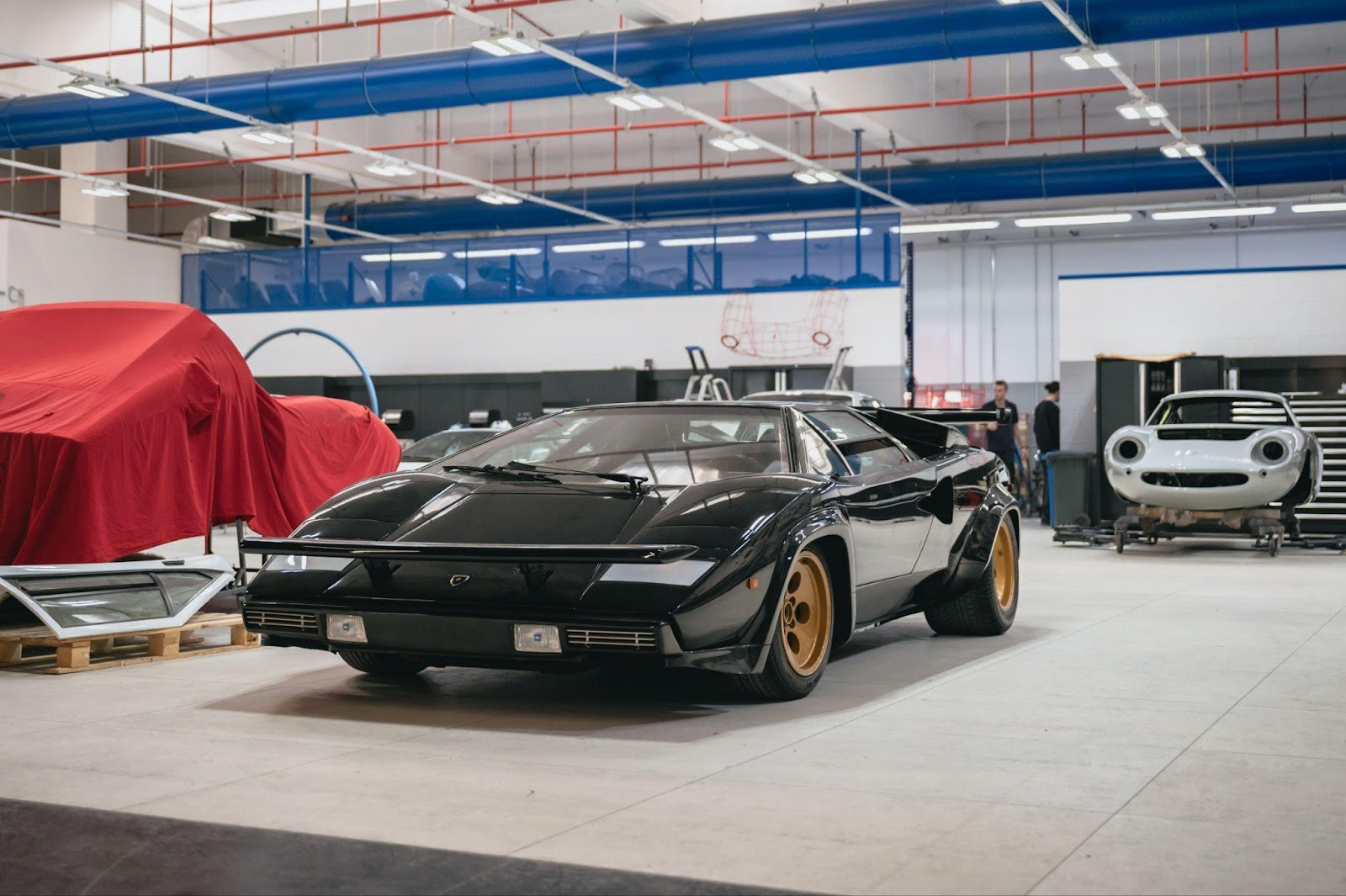
The Art of Preservation vs. Restoration
Understanding when to preserve rather than restore requires the kind of expertise that comes from handling hundreds of exquisite cars. This shift in collector attitudes has profound implications for restoration decisions, as evidenced when "an unrestored car won best of show at Pebble Beach in 2024, as the overall trophy was taken home by an unrestored Bugatti." This victory signaled a fundamental change in how the collector community values originality versus perfection.
At Curated, we can assist by guiding clients through this critical decision by carefully evaluating each car’s condition and history. Structural damage represents the clearest threshold: "Any point when there is structural damage that must be repaired, no questions asked," our team explains. Beyond structural issues, the decision becomes more nuanced, weighing historical significance, ownership provenance, and the vehicle's current condition.
Here is a recent case where our team was consulted on a barn-find 1963 Jaguar E-Type. The car's unique factory specification, combined with previous modifications that had already compromised its originality, made restoration the obvious choice. This situation presented a clear case for complete restoration: "All the characteristics that would make it a survival example were stripped decades ago, leaving us with no choice but to recommend to restore the car to its former glory, with the opportunity to grace the greatest show fields in the world."
On the opposite side, preservation becomes the preferred approach when a vehicle retains its original character and patina, even if imperfect. Original paint, interior materials, and mechanical components often possess irreplaceable authenticity that no restoration can truly replicate. Our preservation services at Curated focus on stabilizing these elements while maintaining their original character.
Avoiding the Amateur Trap
Perhaps the most common mistake in restoration attempts stems from misunderstanding the relationship between cost and quality. "Cheap paint jobs. Period," our team identifies as the biggest mistake in amateur restorations. "When people first get into the hobby, they first try to get their car painted because they believe the patina/imperfections are a reduction in value."
This approach proves counterproductive for multiple reasons that become apparent only after the damage is done. Poor paint preparation, application, and finishing create numerous visible defects: "poor panel gaps, paint that doesn't adhere, sanding marks, fisheyes, debris, solvent pop" serve as "telltale signs of poor work which result in lower resale value because the next owner needs to undo all of the work, and it can be an invasive, lengthy process."
Over the years, our team has seen countless amateur paint jobs, often requiring complete stripping and starting over. Yes, this work ultimately cost clients more than if they had chosen quality the first time. Quality paint work requires extensive preparation, proper equipment, controlled environment, and skilled application. The difference between a $5,000 paint job and a $50,000 one is in the longevity, durability, and authenticity of the result.
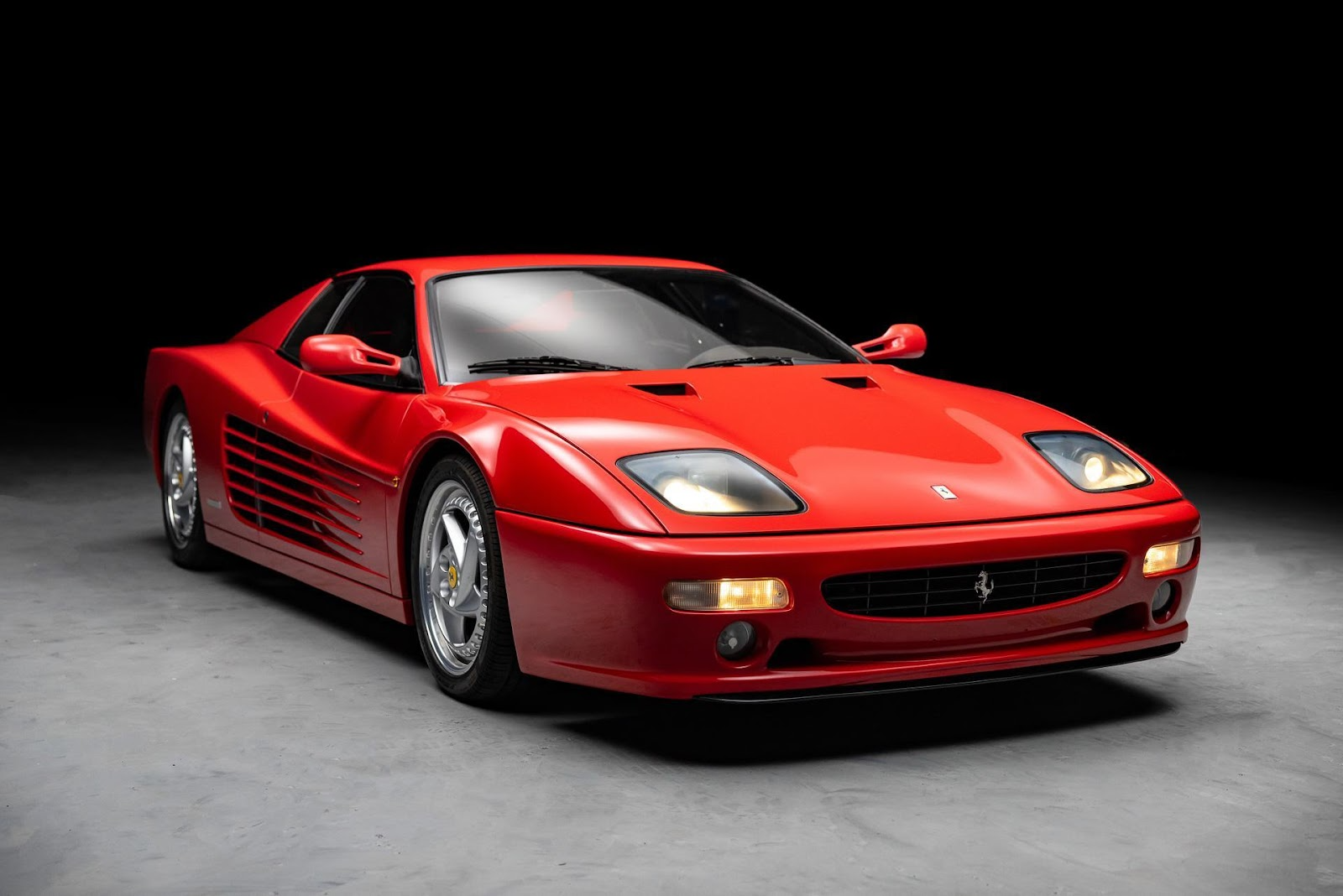
Authentication and Red Flags
To detect inferior restoration work or fraudulent claims, one must have the kind of trained eye that comes from evaluating thousands of vehicles. We've developed specific techniques for detecting substandard work that serve our clients in both acquisition and restoration contexts. "Hardware and non-continuity of finishes" serve as primary detection methods our experts employ. "For example, an Allen head bolt where a flat head should go would be a start. Another example is casting markings and stampings not having the right finishing or details,” our team members explain.
These inconsistencies often indicate rushed work, incorrect parts usage, or attempts to disguise the vehicle's true condition or history.
During a recent consultation, our team identified a supposedly "numbers-matching" Porsche 911 that had actually undergone significant engine work using incorrect components. Modern fasteners and casting marks that didn't match the claimed production date were the tell-tale signs. The expertise we provided saved our client from a $200,000 mistake and shows why professional evaluation is essential in today's market.
Defining Excellence
The $100,000 question ultimately comes down to understanding that exceptional restoration work represents far more than cosmetic improvement. At Curated, we've learned that the difference between good and great restoration lies not in any single factor, but in the cumulative impact of hundreds of correct decisions made throughout the process. Each choice contributes to a final result that honors the vehicle's heritage and preserves its future value.
The pursuit of authenticity, precision, and preservation has guided Curated's work from our founding and continues to drive every service we provide. We are proud to assist clients with complex decisions regarding their classic cars, whether it's expert maintenance, careful bodywork, or linking them with our trusted partners for full restorations. Why? Because in the world of classic cars, excellence is about what endures.



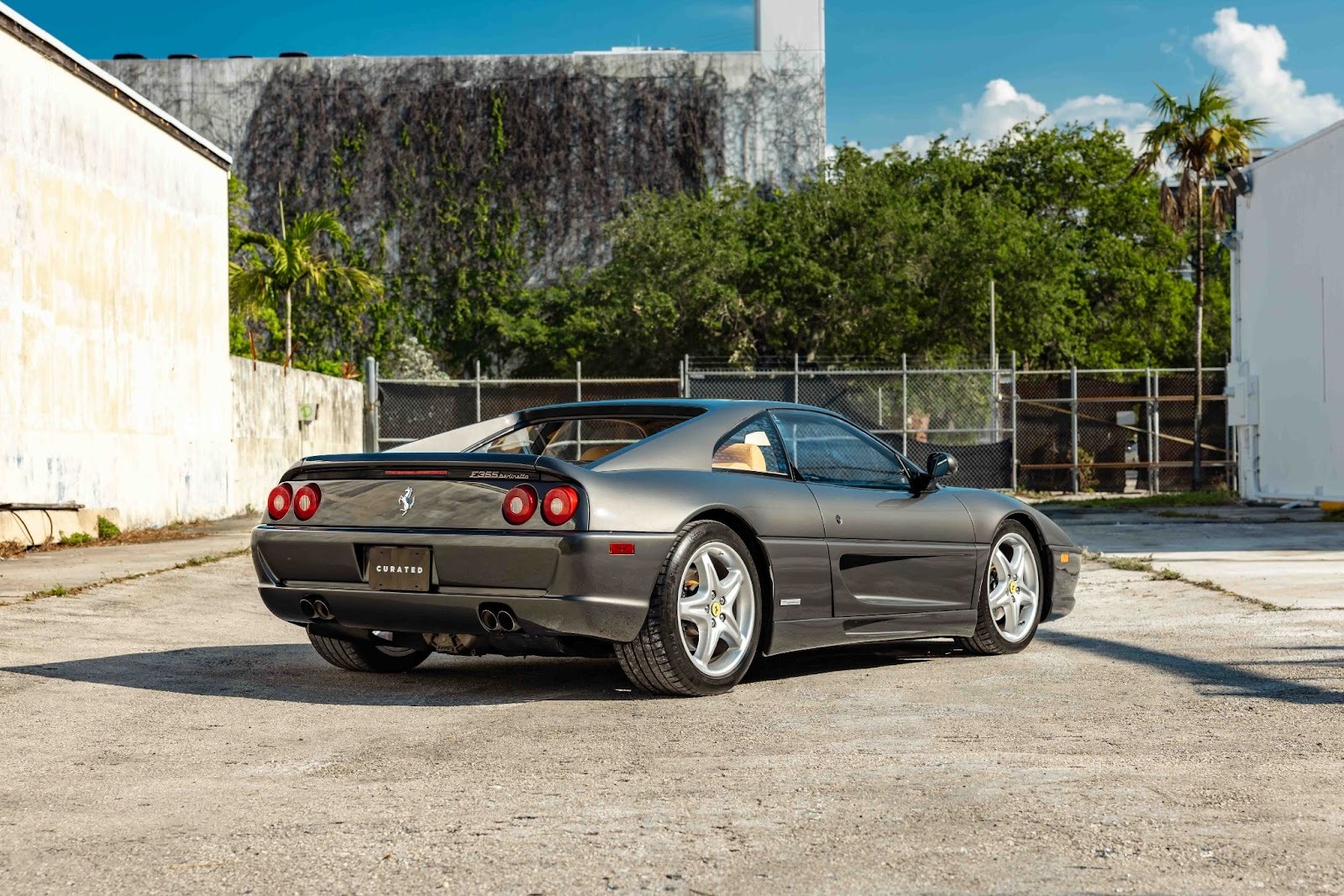
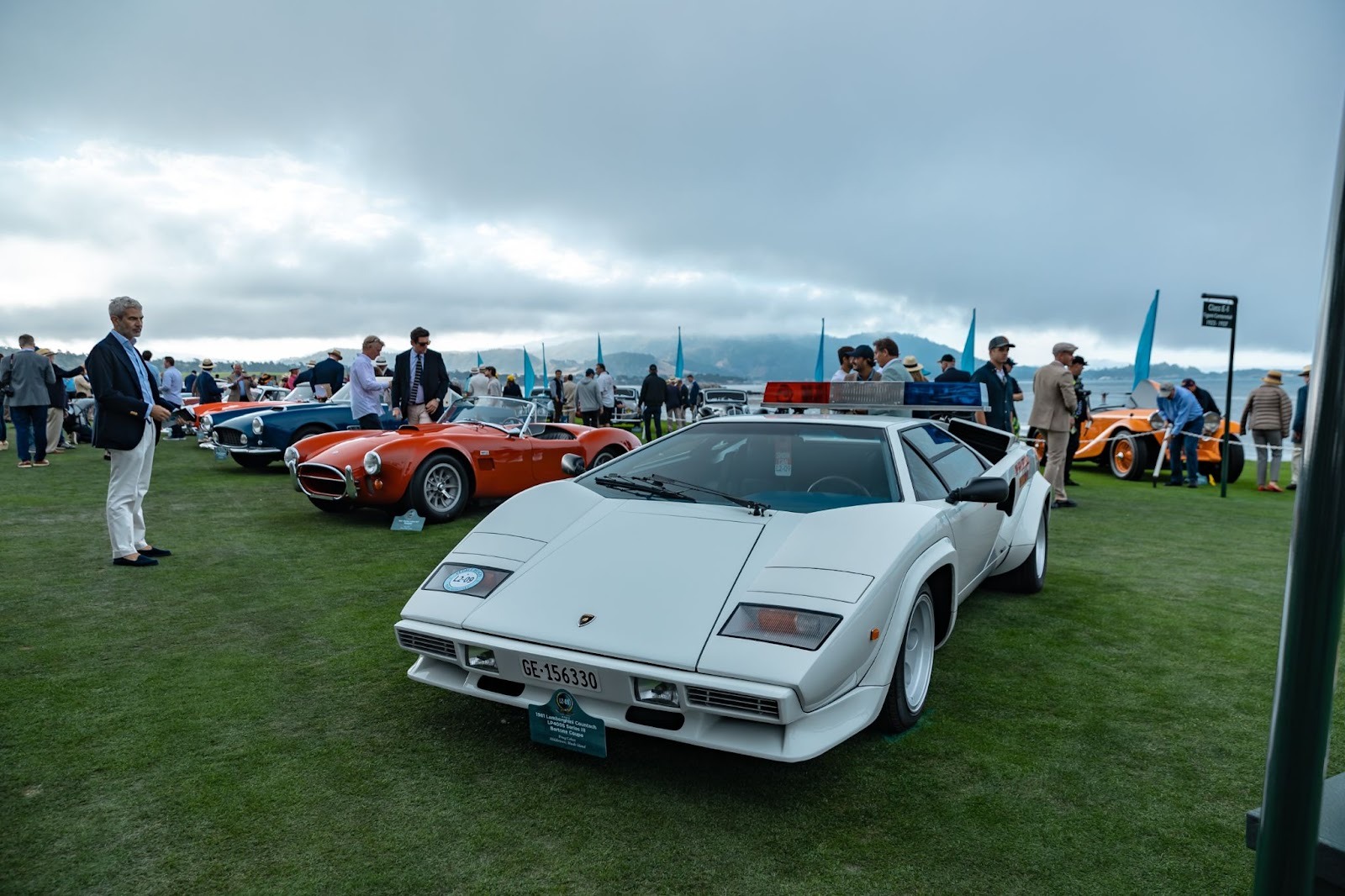









.webp)
